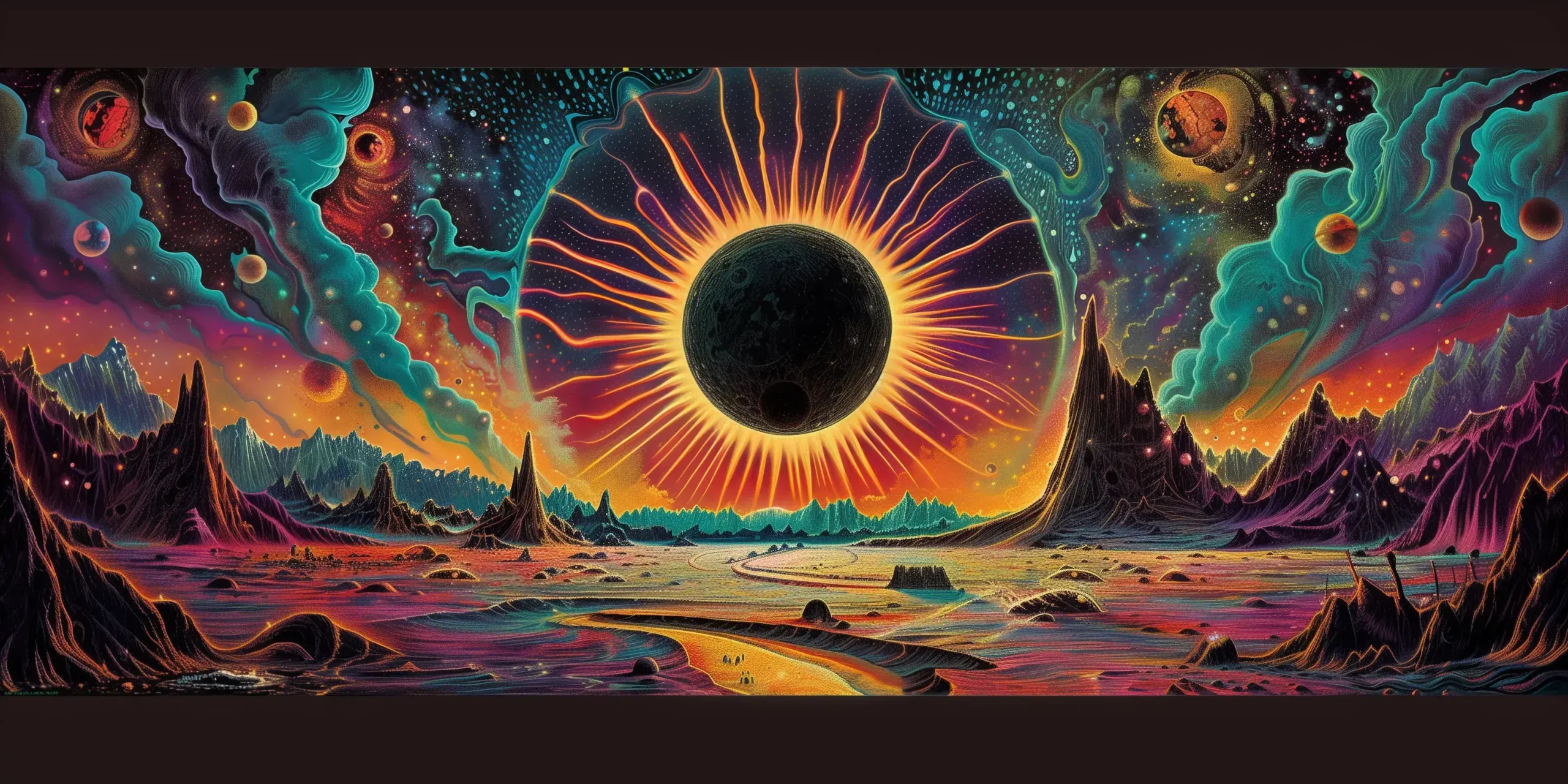As is well documented, LSD (lysergic acid diethylamide) was discovered by Swiss chemist Albert Hofmann on November 16, 1938. Hoffman synthesized LSD while working at Sandoz Laboratories in Basel, Switzerland, as part of a program searching for medically useful ergot derivatives (ergot is the fungus from which LSD was synthesized). However, the psychoactive properties of LSD were not immediately recognized. It wasn’t until five years later, on April 19, 1943, that Hofmann accidentally absorbed a small amount of the substance and discovered its powerful effects. That day, April 19, is now celebrated among LSD enthusiasts as “Bicycle Day,” commemorating Hofmann’s hallucinogenic bike ride home after his exposure.
Hofmann would go on to describe one of his experiences in his tell-all book, LSD: My Problem Child:
“As I strolled through the freshly greened woods filled with bird song and lit up by the morning sun, all at once everything appeared in an uncommonly clear light,” Hoffman said. “It shone with the most beautiful radiance, speaking to the heart, as though it wanted to encompass me in its majesty.”
“The cultural impact of LSD is one of the most profound change agents our culture has ever experienced, particularly because of how quickly it influenced society.”
Although LSD was introduced to the United States in the 1940s, it wouldn’t gain widespread notoriety until the 1950s and 1960s, when researchers began exploring its use to treat certain psychiatric conditions. Those conditions included alcoholism, depression, and postpartum depression. However, things began to rapidly change in the 1960s, when LSD escaped the laboratory setting and became the centerpiece of the rapidly growing counterculture movement of that era.(1)
Keep Up with Uncensored Psychedelic Trends
Join our newsletter at Psychedelics Uncensored.
We respect and protect your privacy. By subscribing your info will be subject to our privacy policy . Unsubscribe easily at any time
We spoke with psychedelic historian and medicine practitioner Zach Leary (son of the late psychedelic researcher Timothy Leary) and esteemed LSD researcher and psychiatrist Dr. Charles Grob about the weird history of LSD, and how this powerful psychedelic substance helped change America.
The History of LSD and How A Single Psychedelic Changed U.S. Culture
As mentioned above, LSD’s entrance into the recreational drug scene had a significant impact on American culture. Everything from music, clothing to cinema was impacted, at least somewhat, by the potent psychedelic. Bands like The Beatles, The Grateful Dead, Jimi Hendrix, and Pink Floyd used LSD and reflected its influence in their music, which often featured extended improvisations and lyrics that sought to replicate or describe psychedelic experiences. The visual arts also saw the emergence of psychedelic art, characterized by vivid colors and swirling patterns that attempted to visually represent the LSD experience.
“This adoption of Eastern spirituality marked a departure from the traditional Judeo-Christian, apple pie, flag-waving American lifestyle.”
According to Leary, “The cultural impact of LSD is one of the most profound change agents our culture has ever experienced, particularly because of how quickly it influenced society.” Leary points out that while there have been other significant cultural shifts—like the Roaring Twenties, which transformed music and spurred the beginnings of women’s rights and sexual liberation— LSD’s rapid proliferation in the 1960s and 1970s reshaped American life. Leary says, “One area where you can see the change was the anti-war movement. While there were absolutely other factors, it’s undeniable that LSD made young Americans rethink fighting a seemingly endless war against a faceless, and in their eyes, unthreatening enemy.”
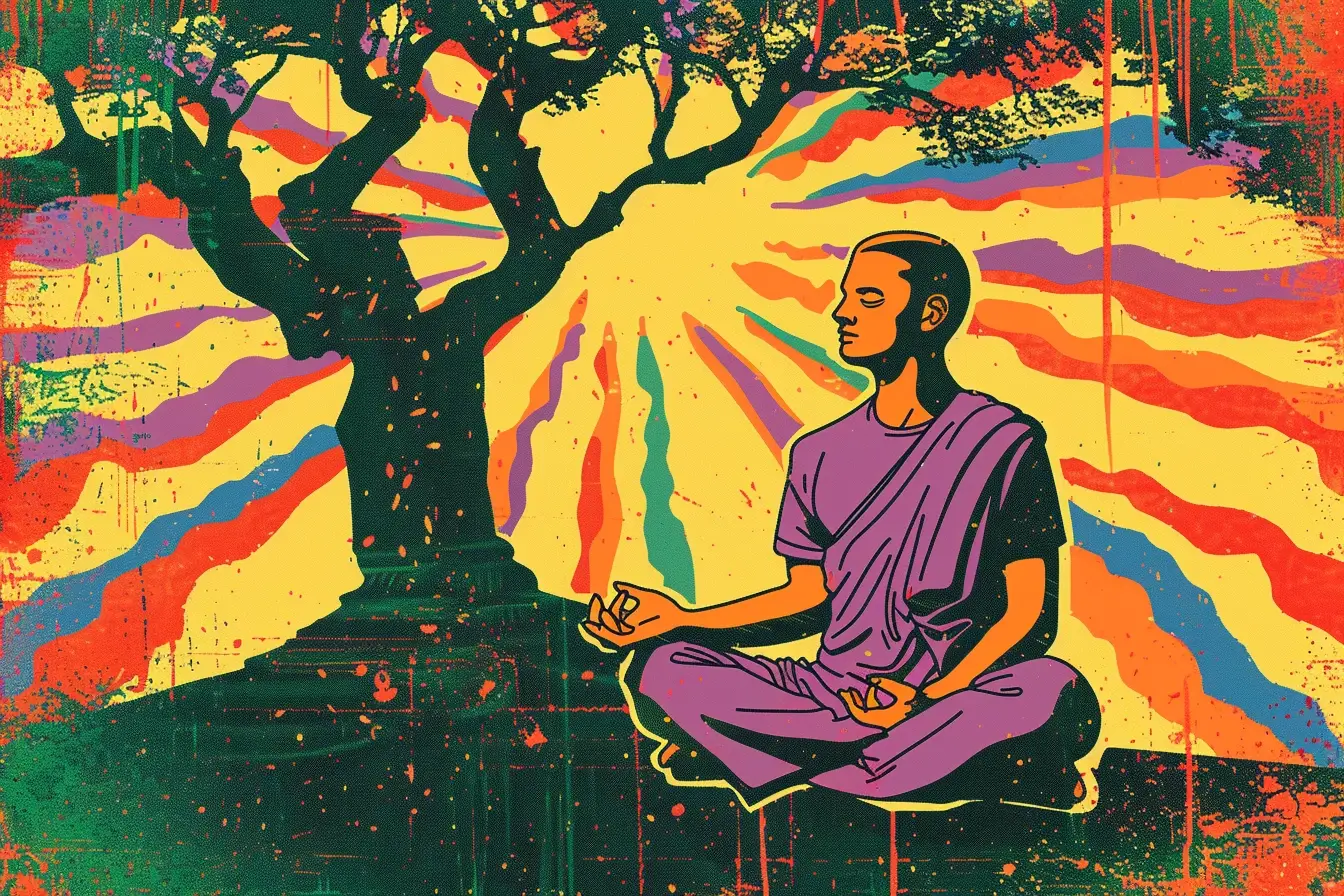
Leary offers that part of this rapid change was due to a generational shift, saying, “The parents of the kids in the ‘60s were shaped by the conservative, buttoned-up post-World War II era of the ‘40s and ‘50s. To them, this LSD-powered cultural change and self-expression revolution of the ‘60s youth was radical. Today, the counterculture has evolved, parents now were once those youths, and the generation gap isn’t as pronounced—it’s much more blurred. The impact and shock of that era on the collective American consciousness was extraordinary.”
However, there may have been more to it than drugs and a changing of the guard. LSD, along with other psychedelics, helped spur interest in Eastern and indigenous cultures and their practices.
According to Leary, “The formal identity of the 1960s certainly ended, but the expanded consciousness and worldview it introduced—incorporating Eastern mysticism and religions—gradually trickled into mainstream America. Steve Jobs famously said that LSD was one of the two or three most important things he had ever done. This sentiment was echoed in the tech movement of Silicon Valley, where the Whole Earth Catalog (a psychedelic publication that ran studies and stories from the 1970s and onward) influenced many early pioneers. Published in the Bay Area by Stewart Brand, this publication was one of the first to discuss the intersection of technology, counterculture, psychedelics, and music.”
Keep Up with Psychedelic Trends
Get uncensored psychedelic news, events, and updates. Join Psychedelics Uncensored!
We respect and protect your privacy. By subscribing your info will be subject to our privacy policy . Unsubscribe easily at any time
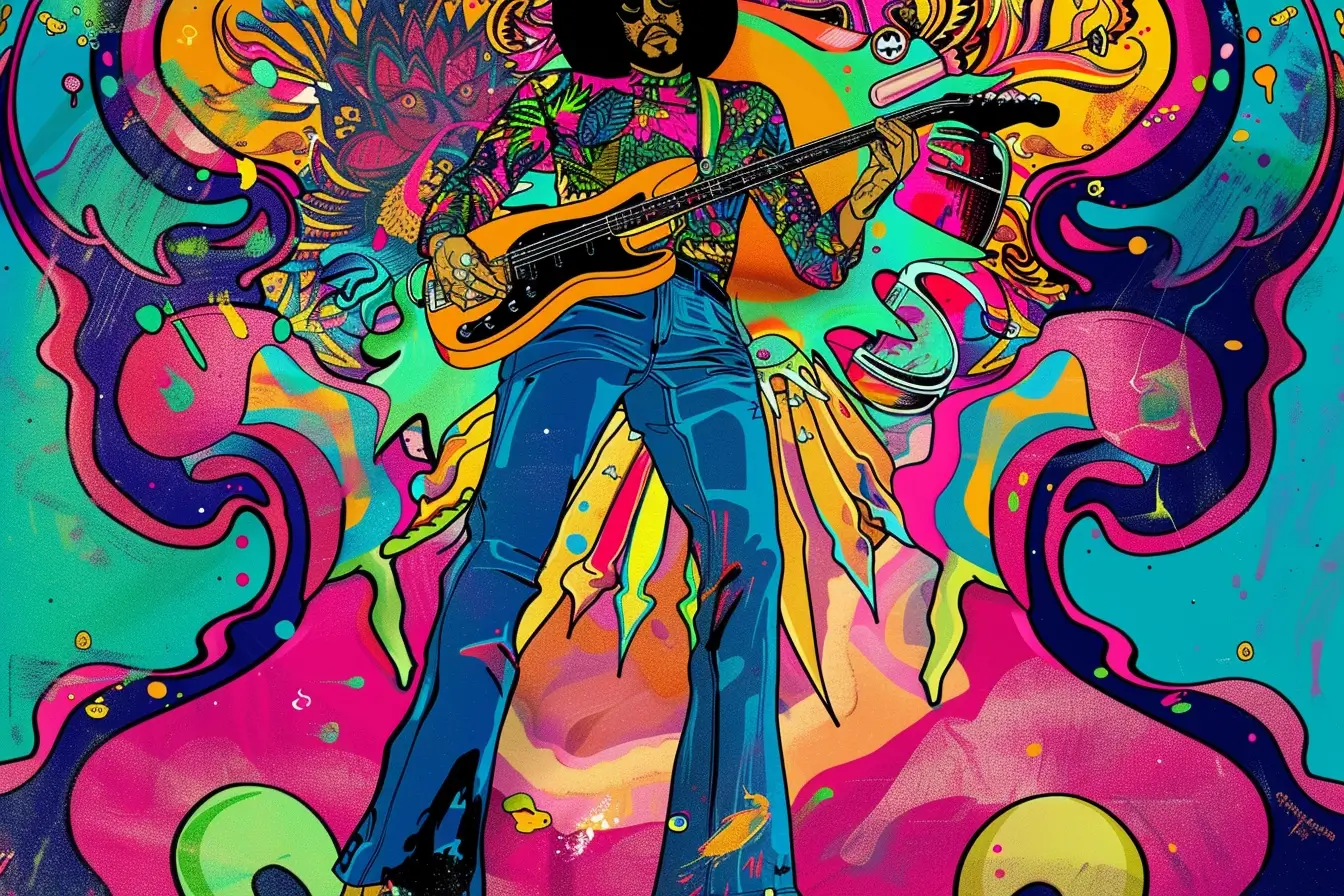
Leary continues, “It [the Whole Earth Catalog] was an incredibly important publication. Influential figures like Steve Jobs, Steve Wozniak, Bill Gates, and the founders of HP were all readers, which greatly informed their perspectives. Conversely, even the most commodified forms of Eastern practices like yoga, which in America often resemble mere exercise classes, originate from this significant cultural shift. This adoption of Eastern spirituality marked a departure from the traditional Judeo-Christian, apple pie, flag-waving American lifestyle.”
If we assume what Leary says is true, then (some) modern trends may be attributed to this shift. Things like the mindfulness movement, self-care, and of course, the modern infatuation with psychedelics may have stemmed from the same drug that inspired a generation to believe in free love, the end of senseless wars, and more. Of course, Leary points out that famous figures such as Ram Dass, Jon Kabat-Zinn, Jack Kornfield, and Sharon Salzberg all sprung from an era when LSD was first weaving its way into American culture, with their influence on our collective zeitgeist being felt to this day.
Psychedelic-Effects & Psychoactive Properties
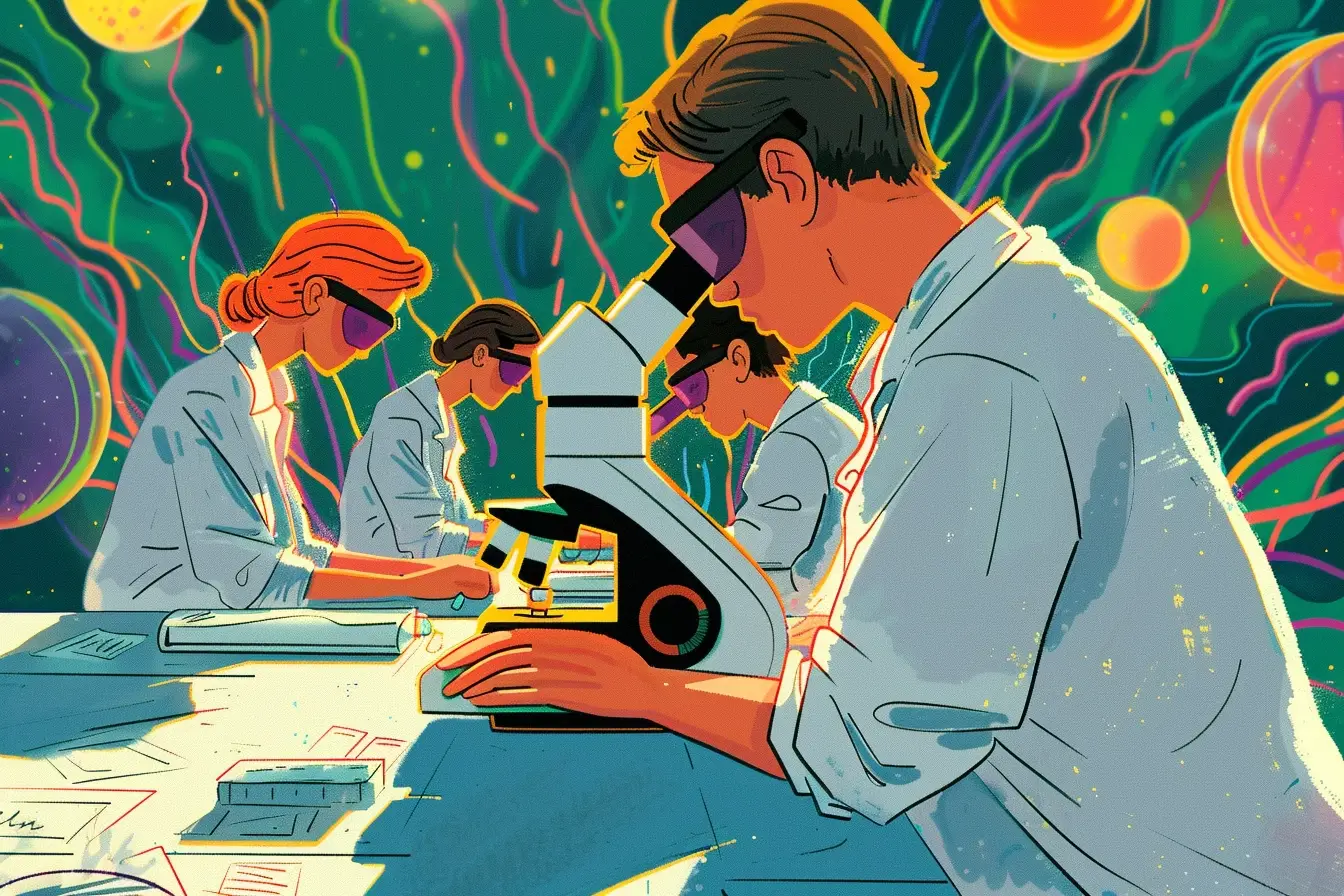
Modern psychedelic research is often associated with drugs like psilocybin (the pro-drug in magic mushrooms that converts to psilocin and makes you trip) and MDMA, the entheogenic (something that produces non-ordinary states of consciousness) substance most often touted as a potential treatment for post-traumatic stress disorder (PTSD). However, that’s not where it all started. (2, 3)
“LSD, per weight, is one of the most powerful psychoactive substances that we are aware of—active at microgram levels.”
In the early days of psychedelic medicine, LSD was the heavyweight champion. During the 1950s and throughout the 1960s, researchers explored the use of acid to treat a huge variety of mental health conditions. With some of the most common being depression, and addiction, particularly alcohol use disorder (AUD). According to Dr. Charles Grob, Director, Division of Child and Adolescent Psychiatry, Harbor-UCLA Medical Center and Professor of Psychiatry & Biobehavioral Sciences and Pediatrics, David Geffen School of Medicine at UCLA, LSD’s uses in medicine were potentially world-changing. (1)
Dr. Grob points out that LSD’s profound effects on consciousness and perception prompted early neuroscientific studies into how the brain works, particularly regarding serotonin receptors and neural connectivity. Understanding LSD’s mechanism of action has helped inform modern theories of brain function, including what Dr. Grob calls the “entropic brain” theory, which posits that psychedelics work by increasing neural connectivity and flexibility, potentially resetting ingrained neural patterns. This theory is the basis of modern ideas regarding neurogenesis, the brain’s ability to form new synaptic connections.
Of course, LSD’s impact doesn’t stop there. According to Dr. Grob, some of the most important studies of that era involved alcoholism (a frequent focus of modern psychedelic research), saying, “Stanislav Grof’s work, along with his predecessors like Walter Pahnke, Sidney Cohen, Gary Fisher, and Eric Kass (who did important pain work), highlighted that psychedelics could be particularly beneficial for those not responding well to conventional therapy—such as alcoholics who have been hard to treat with mainstream methods. Bill Wilson of Alcoholics Anonymous, for instance, proposed LSD as a treatment after his own profound experiences, but the conservative stance (that AA members took) at the time prevented its adoption.” (4)
Dr. Grob suggests that this may be due to LSD’s potency. “LSD, per weight, is one of the most powerful psychoactive substances that we are aware of—active at microgram levels. Upcoming studies, including one at Hopkins, are exploring an LSD model for pain treatment, which could potentially validate this approach.”
However, LSD, according to Dr. Grob, has an image issue and is unfortunately over-associated with counterculture and the “hippie” movement of that era. Dr. Grob thinks that is beginning to change, saying, “Legal restrictions are falling by the wayside, evidenced by ballot initiatives leading to de facto decriminalization in cities like Denver, Oakland, Santa Cruz, and states like Oregon and Colorado. This shift is largely due to a generational change. My generation, which experienced the cultural and political turmoil of the sixties, is starting to exit the stage, making way for a more progressive outlook where associations with controversial figures do not immobilize people. These younger researchers are looking at the work from that era and saying, ‘Hey, this looks promising. Can we validate this or revisit it?’”
That fresh outlook has seen researchers explore some of the psychiatric research from that era, spurring yet another wave of interest in psychedelic medicine.
Dr. Grob points out, “One thing we’re seeing is a revival of some old literature looking at some well-known but under-researched things like ayahuasca, 5-MeO-DMT, and even things like ketamine. There’s significant new interest in 5-MeO-DMT, though its therapeutic potential is questionable due to its short duration. Ayahuasca, however, has shown extraordinary potential. I’ve been impressed by the positive outcomes I’ve seen at some retreats and working with the UDV (Union of the Vegetal) religious group [a Christian spiritualist organization incorporating ayahuasca into their sacrament]. Yet, it has not been studied extensively in the U.S., likely due to difficulties obtaining approvals for a plant mixture with multiple active alkaloids.”
While Dr. Grob is hopeful about the future of psychedelic research, he does think we may be overlooking some key compounds. “There tends to be a focus on isolated synthetic compounds in modern research that overlooks the benefits of multi-alkaloid, whole plant-based compounds, which have been used historically. For instance, psilocybin mushrooms contain other significant alkaloids like baeocystin, which have not been thoroughly studied. We might miss important therapeutic opportunities by not exploring these other components.”
The Future of LSD and Psychedelics In America
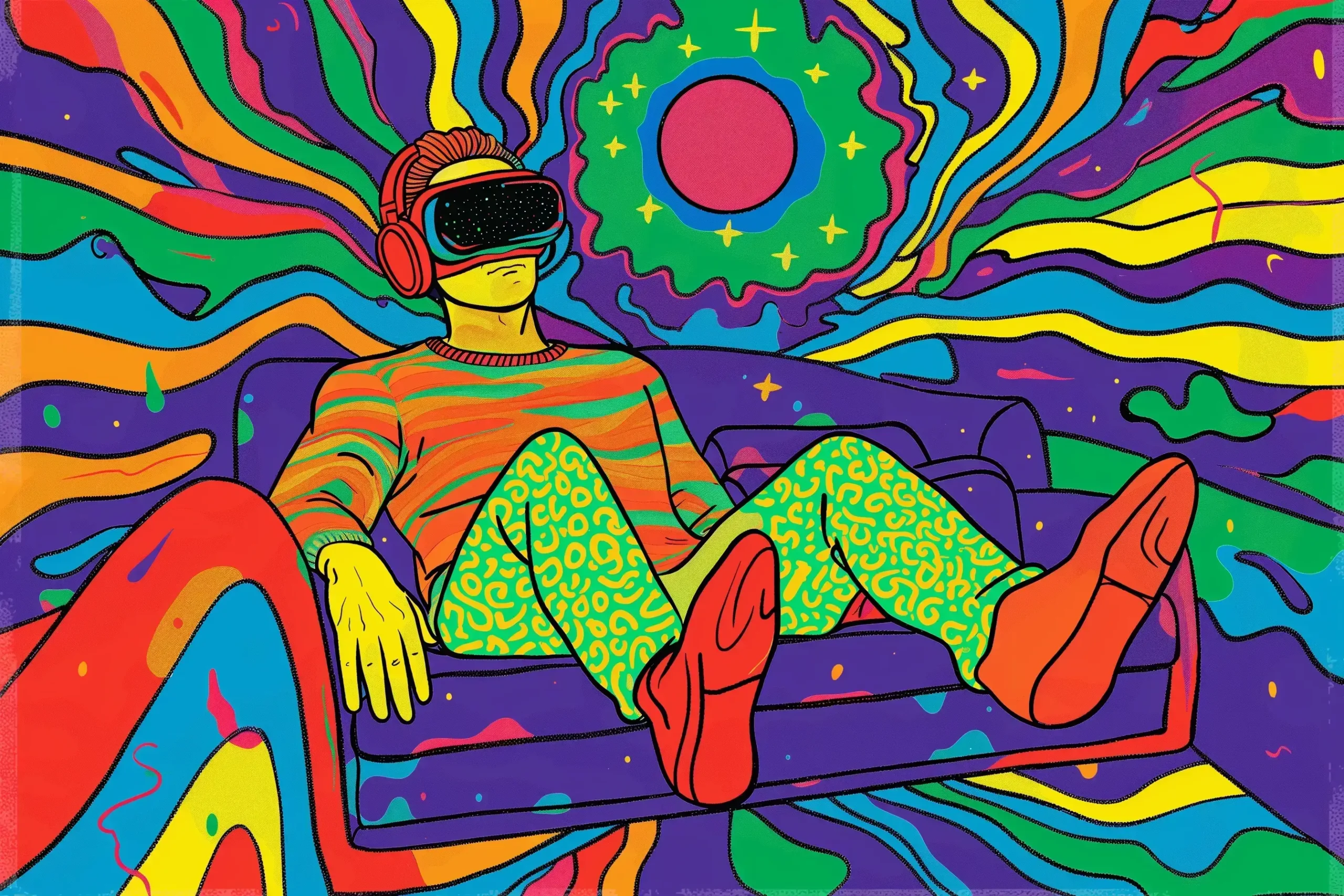
As we look toward the future of psychedelic medicine, the lessons learned from LSD’s complex history are paving the way for a new era of therapeutic possibilities. Dr. Charles Grob emphasizes the potential for a revival in the therapeutic use of psychedelics while also offering some words of caution, saying, “They [pharmaceutical companies] may have had little interest in psychedelics until realizing the economic opportunities, such as applying for dubious patents—like tweaking a molecule of a psilocybin compound that doesn’t change its effects but alters its appearance, or patenting traditional psychotherapy techniques like a reassuring hand on the shoulder when a patient gets agitated.”
The growing acceptance of psychedelic therapy is mirrored in changing legal landscapes and shifting cultural perceptions. As legal barriers fall away and research continues to expand, the benefits of psychedelics, both medicinal and cultural, are becoming more recognized. Leary points out, “Psychedelic use is gaining the same acceptance as other methods for spiritual growth or consciousness exploration, such as breathwork, yoga, and mindfulness. This isn’t just exciting – it represents another cultural shift where psychedelics are seen as a valid treatment method within the mental health arena without any attached stigma. Our society is also recognizing the extent of trauma and psychological injury prevalent across America and that these methods [psychedelic-assisted therapy] can address these issues in unprecedented ways.”
If we can avoid the pitfalls of the 1970s and successfully adopt psychedelics for both medical and personal use, we may see a new era where people live happier, more fulfilling lives in which they are empowered to explore their consciousness, heal their internal hurts, and grow.
Sources

1. Doblin, R. E., Christiansen, M., Jerome, L., & Burge, B. (2019). The Past and Future of Psychedelic Science: An Introduction to This Issue. Journal of Psychoactive Drugs, 51(2), 93–97. https://doi.org/10.1080/02791072.2019.1606472
2. Psilocybin – an overview | ScienceDirect Topics. (n.d.). Www.sciencedirect.com. https://www.sciencedirect.com/topics/neuroscience/psilocybin
3. Mitchell, J. M., Ot’alora G. , M., van der Kolk, B., Shannon, S., Bogenschutz, M., Gelfand, Y., Paleos, C., Nicholas, C. R., Quevedo, S., Balliett, B., Hamilton, S., Mithoefer, M., Kleiman, S., Parker-Guilbert, K., Tzarfaty, K., Harrison, C., de Boer, A., Doblin, R., & Yazar-Klosinski, B. (2023). MDMA-assisted therapy for moderate to severe PTSD: a randomized, placebo-controlled phase 3 trial. Nature Medicine, 29, 1–8. https://doi.org/10.1038/s41591-023-02565-4
4. Richert, L., & Dyck, E. (2019). Psychedelic crossings: American mental health and LSD in the 1970s. Medical Humanities, 46(3), 184–191. https://doi.org/10.1136/medhum-2018-011593
This material is not intended as a replacement or substitute for any legal or medical advice. Always consult a medical professional about your health needs. Psychedelics are widely illegal in the United States, and readers should always be informed about local, state, and federal regulations regarding psychedelics or other drugs.
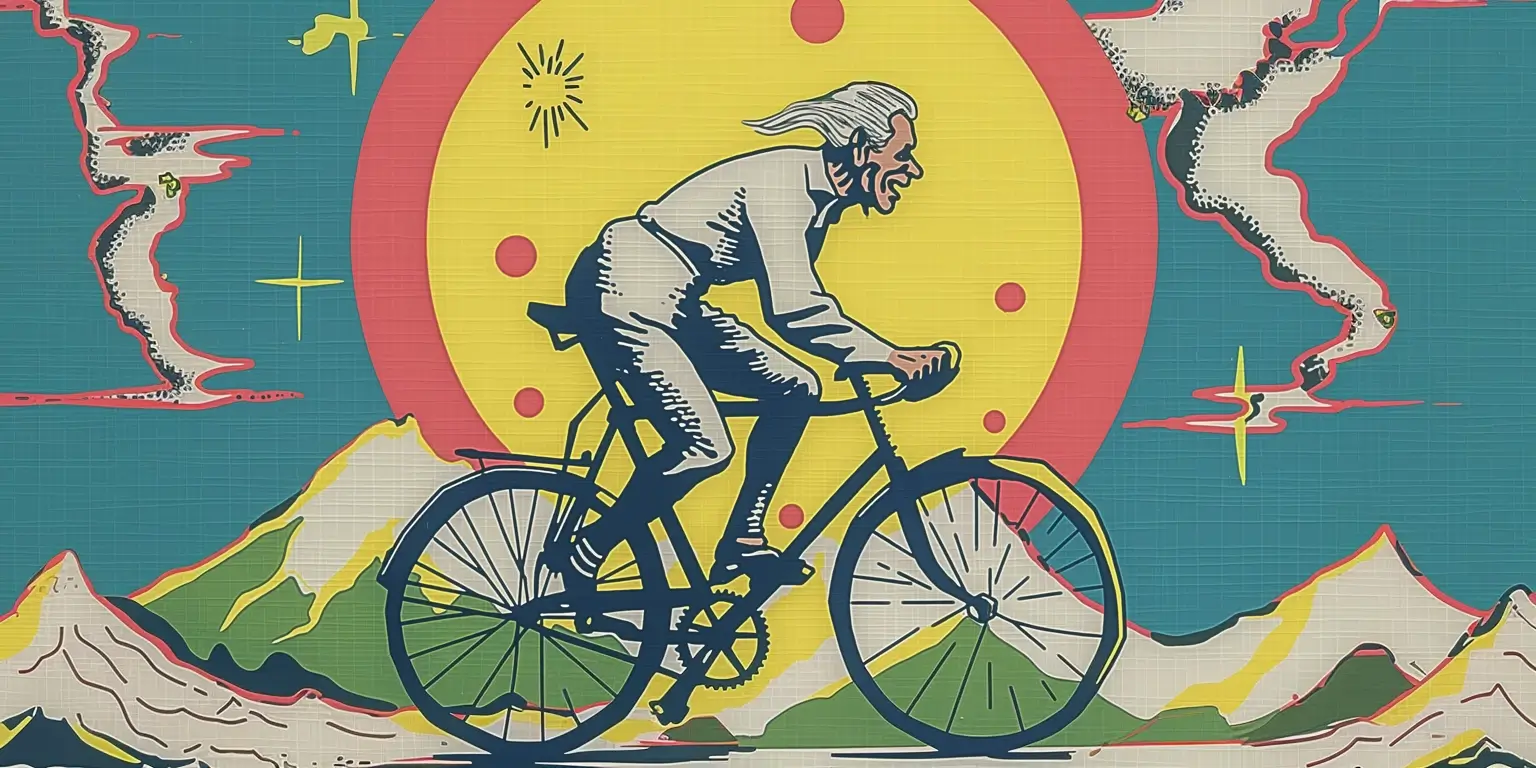
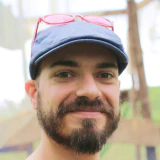 David Connell
David Connell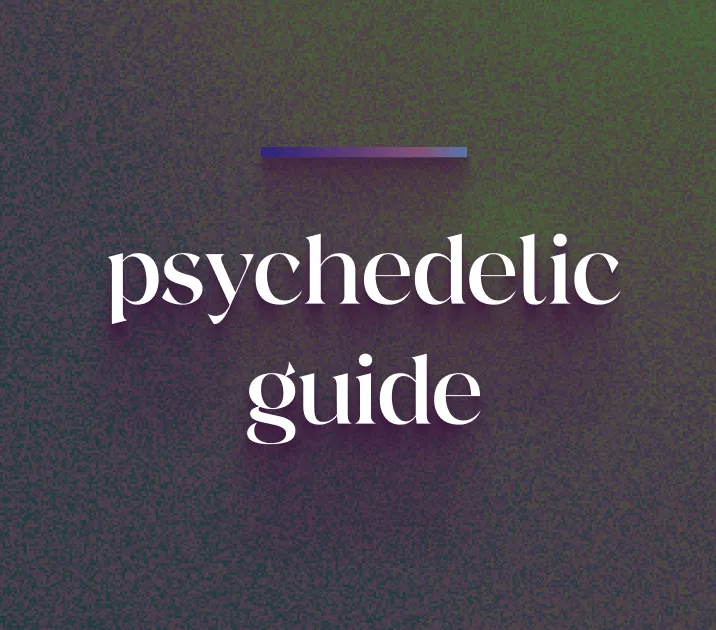
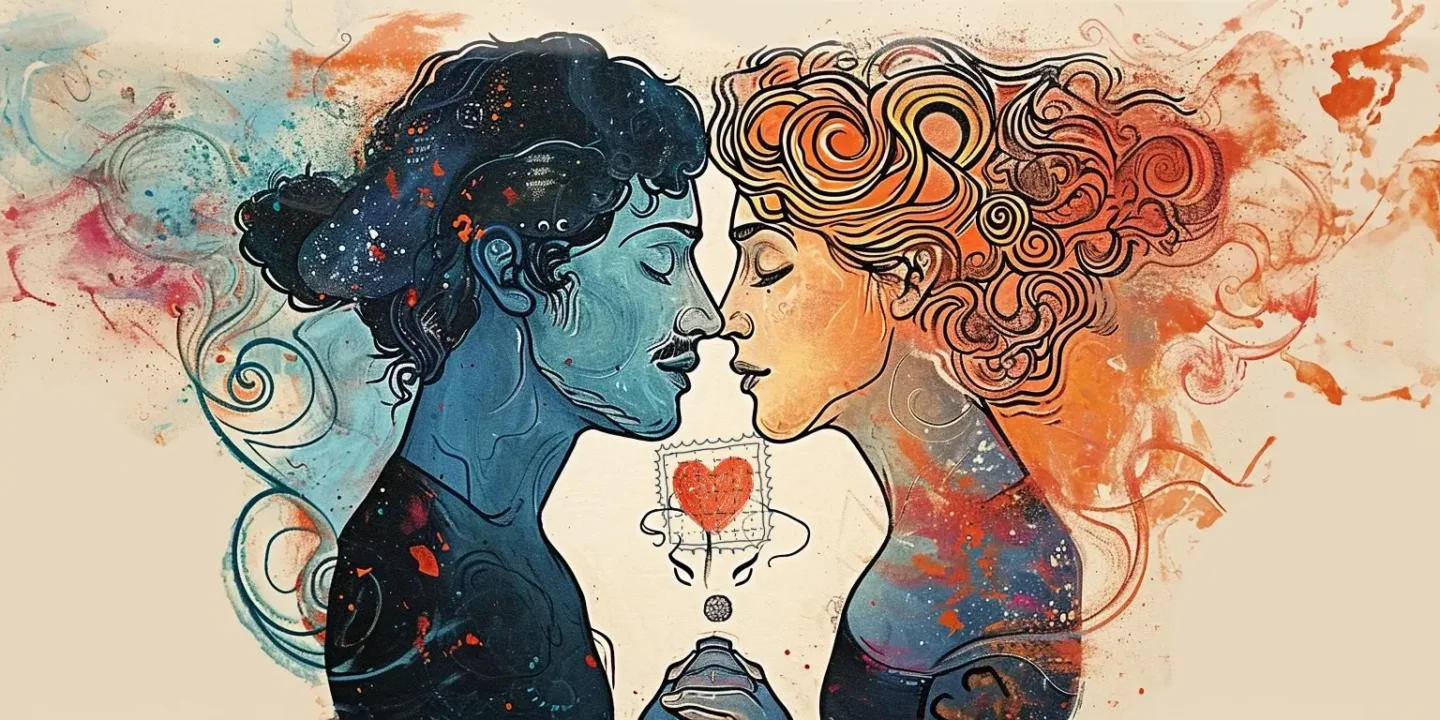
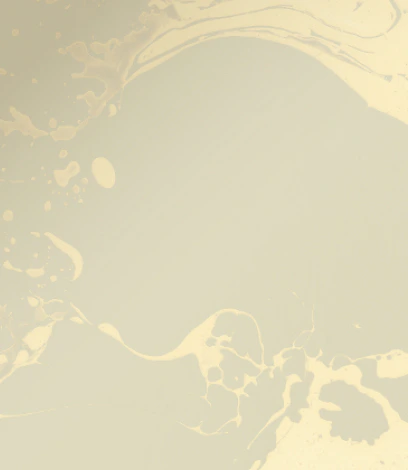
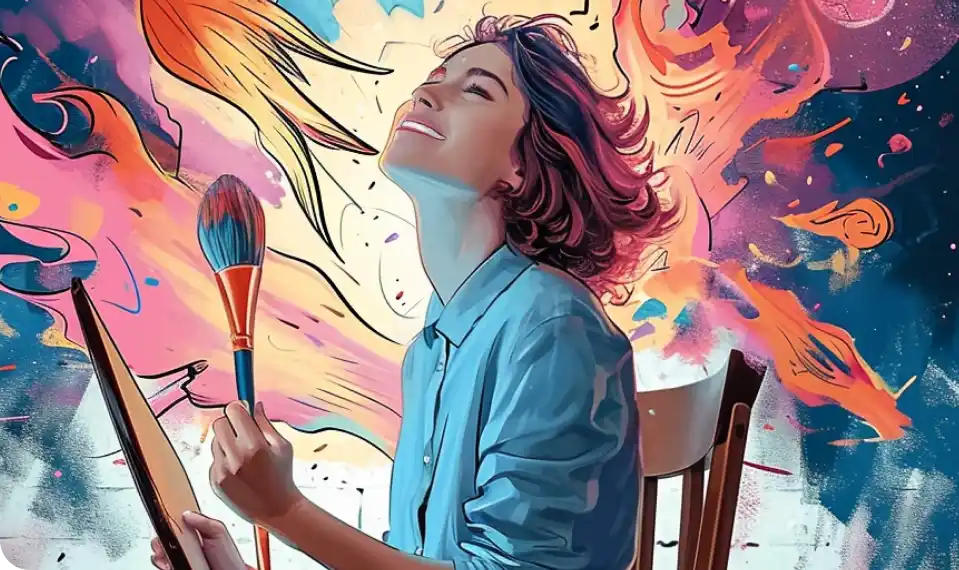
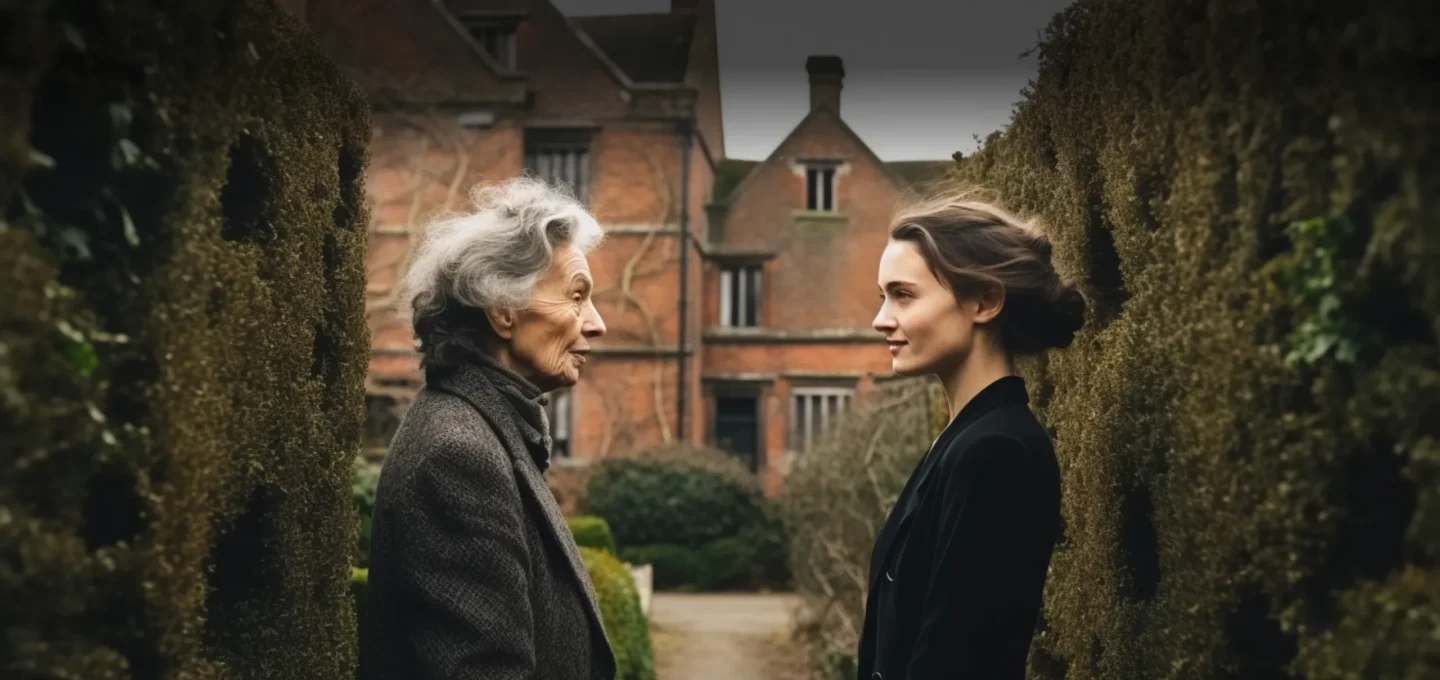

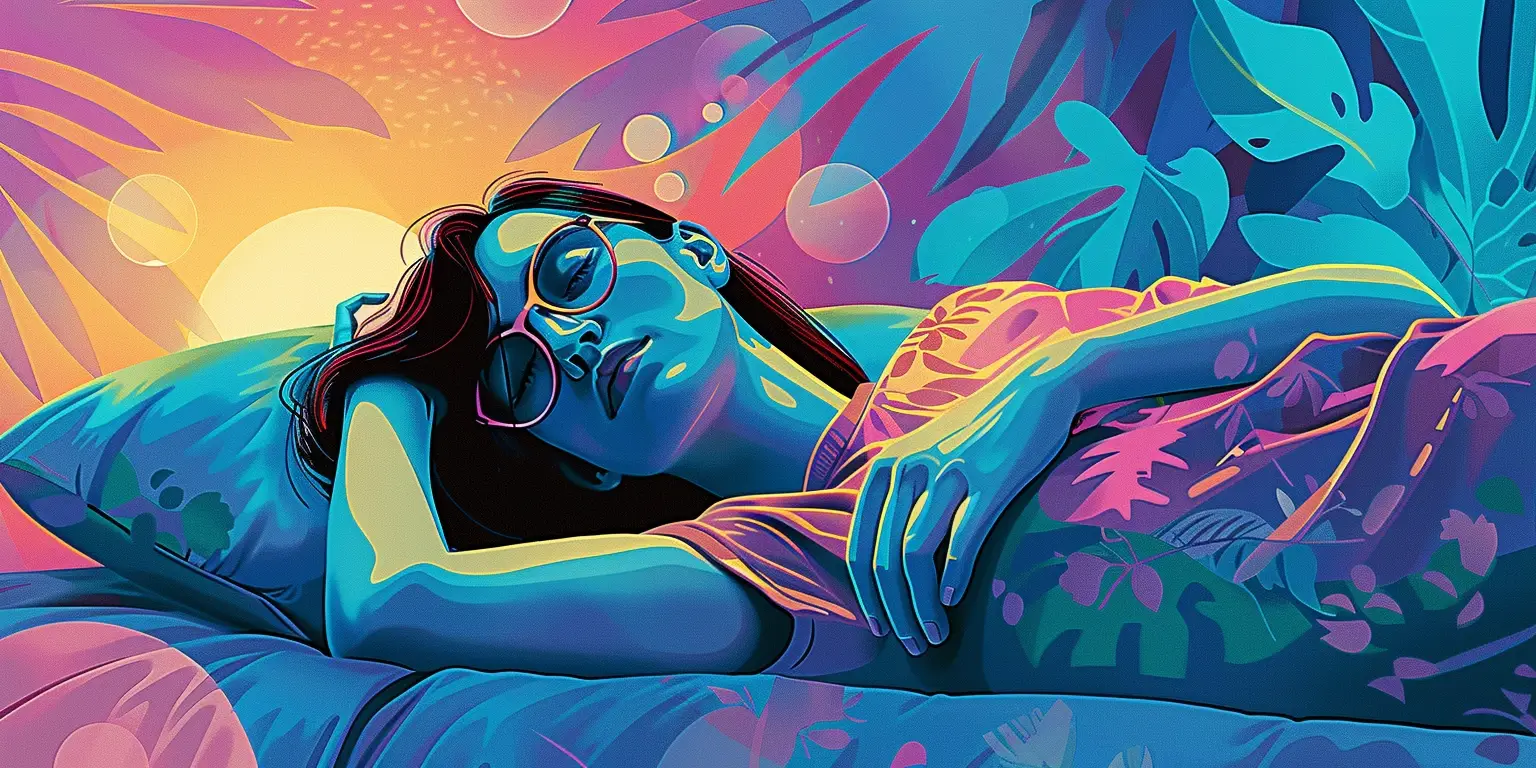
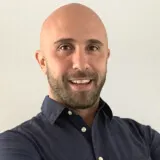 Jason Najum
Jason Najum